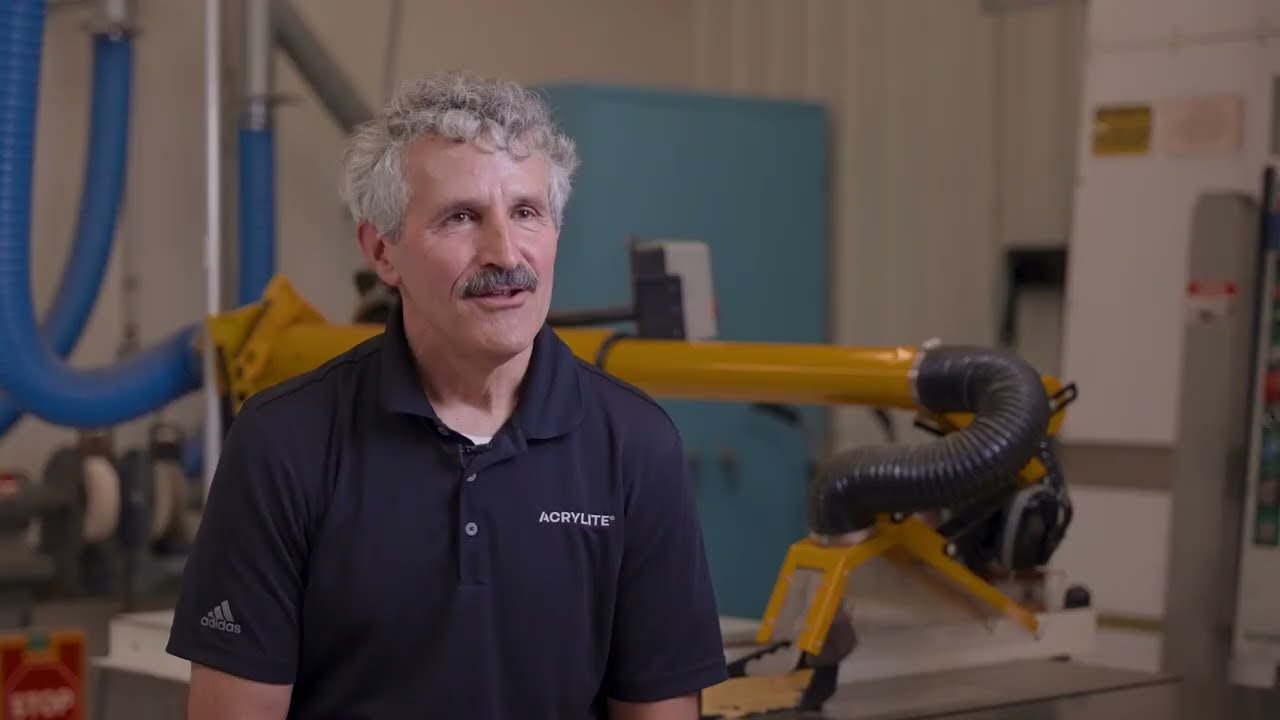does anyone color their clear acrylic, ie. alcohol ink, paint, any suggestions?
I’ve seen some folks use acrylic paints with great effects. (Just plain old Folk Art from the craft store.)
There are also laser safe foil films that are pretty cool.
I used glass paints on this project, to get a stained glass look. I did it on white acrylic as I was going for the semi-opaque look, but you could certainly do it on clear.
I’ve used paint pens on my clear acrylic…oil based ones and some others, not sure what they are. I usually score a design in then paint inside the lines before removing the masking.
India inks work well
I used latex house paint on this project.
I painted the back side of each piece, but had to sand the material to rough it up a bit so the paint would stick well.
Overall, worked pretty good.
Thank you all for your great ideas.
Alcohol can cause crazing on acrylic - I don’t know about alcohol ink, but it would be worth double checking before you created something you love!
UV printers can print directly to acrylic.
DTG machines can print to acrylic using an ink-receptive coating: https://www.youtube.com/watch?v=C9-EdicbZKI
Pad printers with the right ink should do the trick
toner printers with gel medium transfers are an option : https://www.youtube.com/watch?v=WfSVtuiTeLQ
What is crazing?
Crazing is a network of fine cracks that can form on the surface of acrylic
What @Xabbess said, and since I wrote that I’ve used alcohol inks on acrylic with no issues - though I never used them near edges or cuts so that may matter.
I’ve used alcohol ink all over a piece of mirror acrylic, then cut and engraved with no crazing. But used on a fresh engrave, instant crazing.
I recently saw a video using spray paint on clear acrylic for color, might be interesting to research that!
If you do a whole acrylic piece heat treatment in the oven you can mitigate most of the crazing as crazing is a result of forces altering inside the acrylic that releases as cracking. Doing a heat treatment will let the forces redistribute themselves in a less destructive manner. Sort of like a hot iron and hair.
I don’t recall the temperature or timing so one would need to look up the full process but is a solution also.
180 degrees F for 1 hour per mm of thickness then turn off the oven and let it cool.
So then is there a reliable way to create a “water color” effect on clear acrylic? I’m looking for something that will still be see-through, but add some beautiful soft color to clear/translucent acrylic.
I think I’d use Design Master brand spray paint.
It’s ultra fine mist lacquer designed for flowers, both real and synthetic. A light spray is translucent, you can build up from there and layer colors.
In my case it was through the entire piece. Far more than surface.
This makes sense, as the alcohol propagates existing cracks, much like water and tempered glass (e.g. windshield cracks that grow over time)
Also this makes sense because mirrored acrylic is extruded. Extruded has far worse alcohol-induced crazing than cast.
AKA annealing. This also makes sense because you’re relieving the internal stresses that causes the cracks to propagate. This is essentially how cast is made, so this all tracks.
If you do this, especially with mirror, you better have a very flat surface to cool it on. If you heat it enough that it slumps and cool it on an uneven surface, you will immediately notice it in the mirror; the piece will be potentially ruined depending on your needs.
More on acrylic annealing:
https://community.glowforge.com/search?q=Anneal%20acrylic
And of possible interest, a few YouTube videos about how acrylic is made:
I imagine water colours would do just that. This was done with alcohol inks and is beautifully translucent:
That’s why you do it at 180°F - it’s not hot enough to reach flow. It won’t slump. Leave it in the pan or on the rack in the oven as it cools and the slow temperature fall will prevent new stresses from forming while cooling. And leaving it means you won’t muck it up handling it. You can cook it faster but you have to control the room temperature and it’s easier to just leave it while the oven cools naturally. It’s a lot like annealing glass except that’s usually done in an actively managed chamber for the cooling where the heating elements run for nearly the entire duration of the cooldown and it’s not left up to the vagaries of the exterior environment to control the rate of cooling (or more specifically, less warming).
It can make a fairly obnoxious smell and could get you in trouble with the wife if done using a kitchen oven. Especially if you freak out when she opens the oven to see what’s stinking up the place. DAMHIK ![]()



